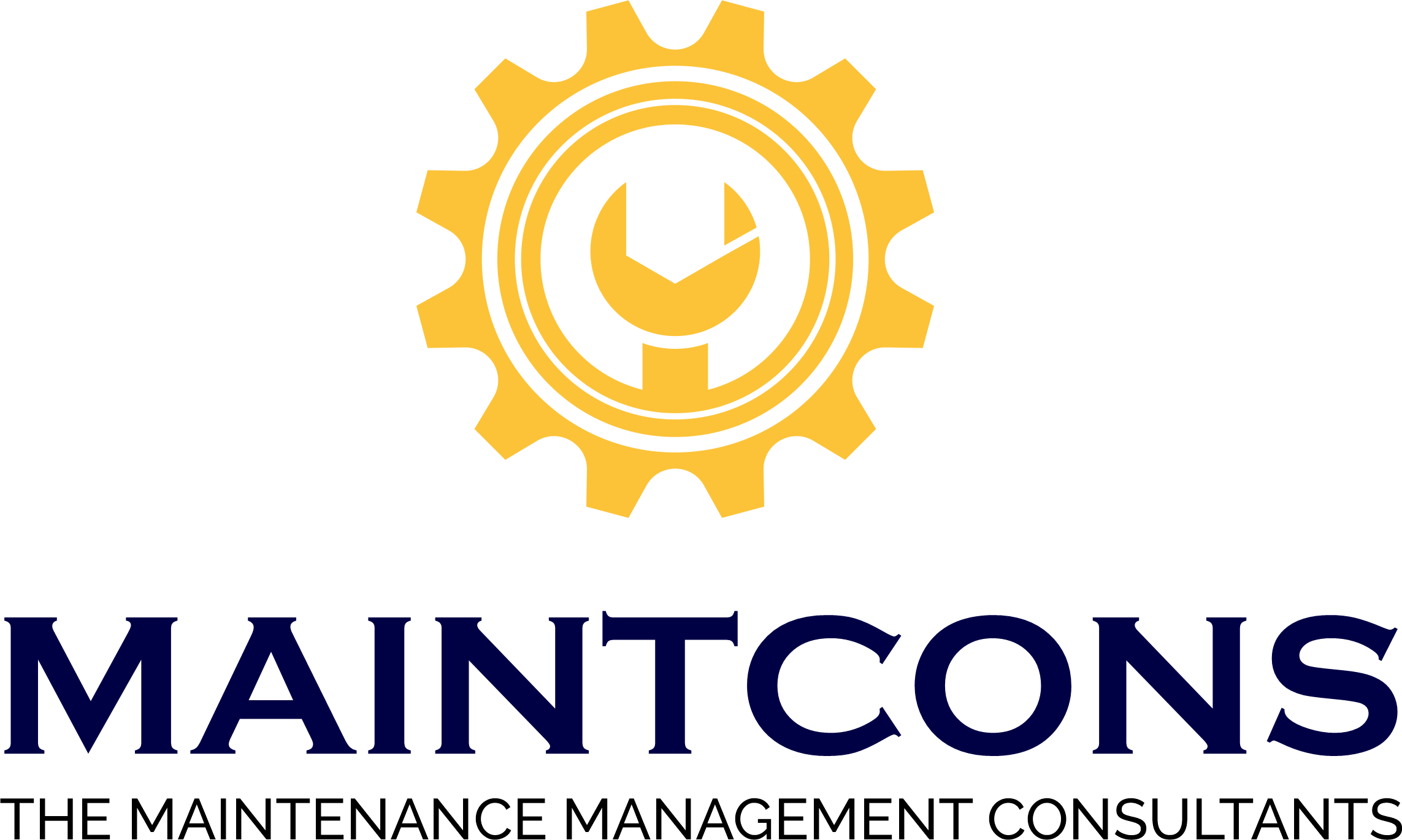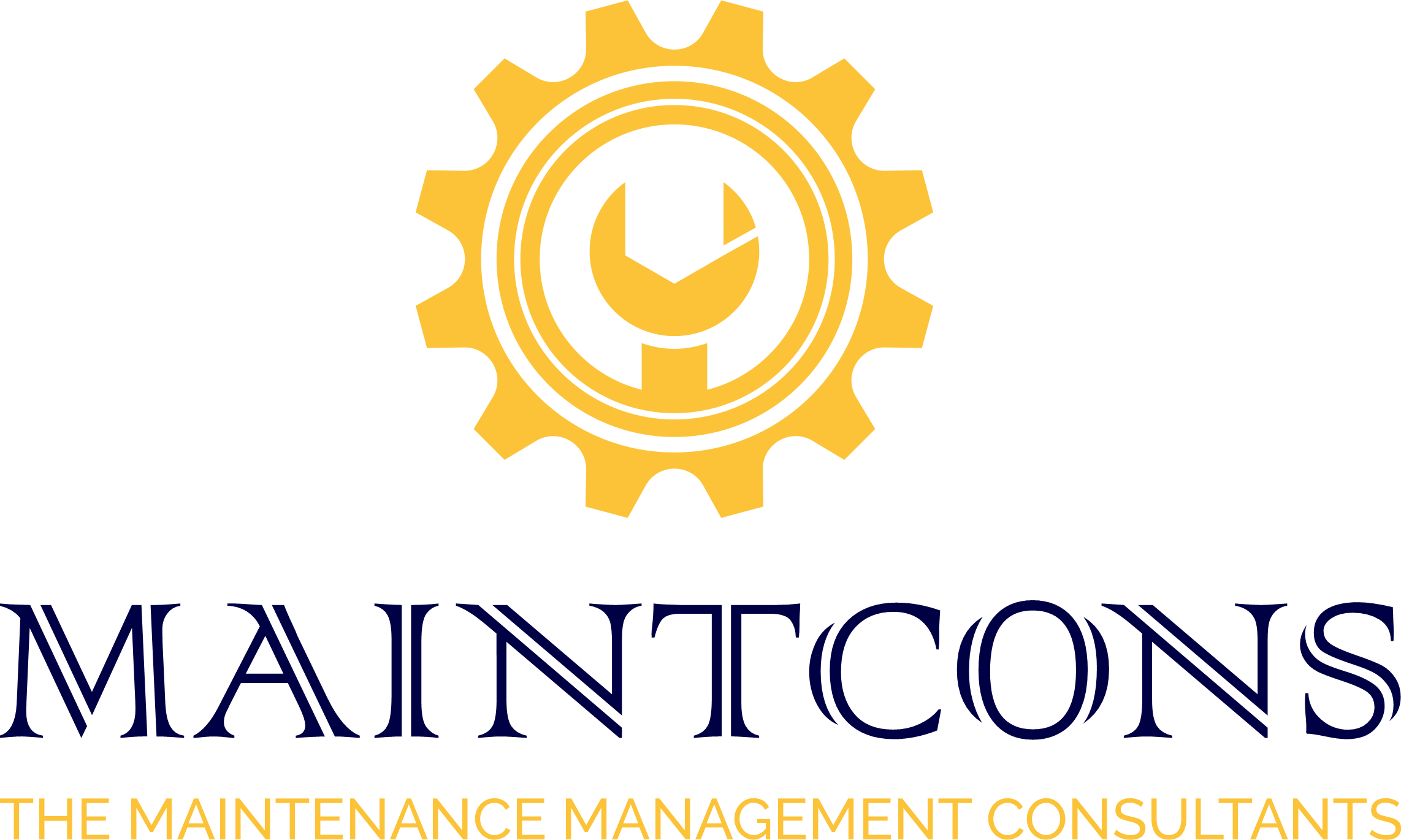In one of our consulting assignments with a leading player in a process industry, we came across a unique setup of the site’s maintenance department. There existed a separate full-fledged large maintenance section to handle equipment breakdowns . All the other routine maintenance work including PMs, PdMs, scheduled corrective and modification work etc. were handled by a separate maintenance section.
The Breakdown Section was a team of highly skilled engineers and technicians who knew their subject well and ever ready to tackle any breakdown any time. The team was capable of rectifying the failures including the major ones promptly ensuring that equipment is put back into action in minimum time. The team was a favourite of the leadership of the company including the CEO and often got special awards during yearly appraisals and otherwise. Above all, the maintenance manager was extremely proud of his breakdown maintenance team and its capacity to tackle breakdowns. He often boasted how he had successfully sourced the best break down experts locally and internationally to develop a great result-oriented team. He often termed the breakdown cell as the backbone of the maintenance department.
Whilst the Breakdown section were considered to be the essence of the maintenance department, the corrective and preventive maintenance team was not getting due importance. It was a demoralised team not taking much interest in their work. Quality of work was a suspect, rework was common, PM effectiveness was poor and schedule compliance was low resulting in more failures.
Having gone through the work management practices at the site, I brought to the notice of the maintenance manager that a separate breakdown maintenance section is not a healthy practice. I recommended that the section be merged with the other section. I put forth following reasonings in support of my proposal.
- Keeping a full-fledged independent maintenance section to fight breakdowns and expecting a reduction in failures would be an oxymoron. This is because the performance and success of the breakdown section is measured by the number of breakdowns handled and equipment restored for use in minimum timeframe. Hence should the number of failures start getting reduced, the breakdown section would be at risk losing its identity, importance and its very existence. So the team would invariably wish to have more and more equipment breakdowns.
- The firefighting team would not be proactive in identifying and eliminating the root cause or even sharing important information of the failures. Sharing the knowledge in their opinion would be detrimental for their very survival in the company.
- As the breakdown team is given undue extra importance, the team engaged in conducting PMs and the corrective work is getting side-lined, demoralized and often demotivated. This is in turn is affecting their performance and quality of work. A right PM program in combination with planned maintenance and defect elimination would help reducing failures.
- Hence merging the two teams would not only help eliminate disparity between the two teams but also help reduce failures.
- I also suggested that by having only one team, productivity of the workforce would be much higher. Additional workforce with proven skills and knowledge would be available to conduct other maintenance work especially when there are no breakdowns.
The immediate reaction of the Maintenance manager to my proposal was a big ‘’No,,. However, as he got convinced subsequently, he wasn’t keen on implementing the idea. His main worries which he didn’t wish to disclose appeared to be
- The breakdown team members would not appreciate such a change. They would have identity crisis and hence many a few would quit the organization. Performance of the department in handling breakdowns would dwindle which would immediately result in higher equipment downtime and loss of revenue.
- A buy-in by the CEO would be difficult especially that he is having a soft corner for the team.
- The top management also perceives the cost of having a separate Breakdown section to be insignificant compared to the losses due to equipment downtime. Hence, they would not support the idea.
- Inertia had crept in. Why disturb the system especially that it has been working so well for decades.
While the arguments and counter arguments continued for a while, the maintenance manager opted for a status quo with no intention of taking up the necessary change in near future. Meanwhile the company continues to grow adding more and more equipment while the breakdown heroes continue to be worshipped.





Leave a Reply